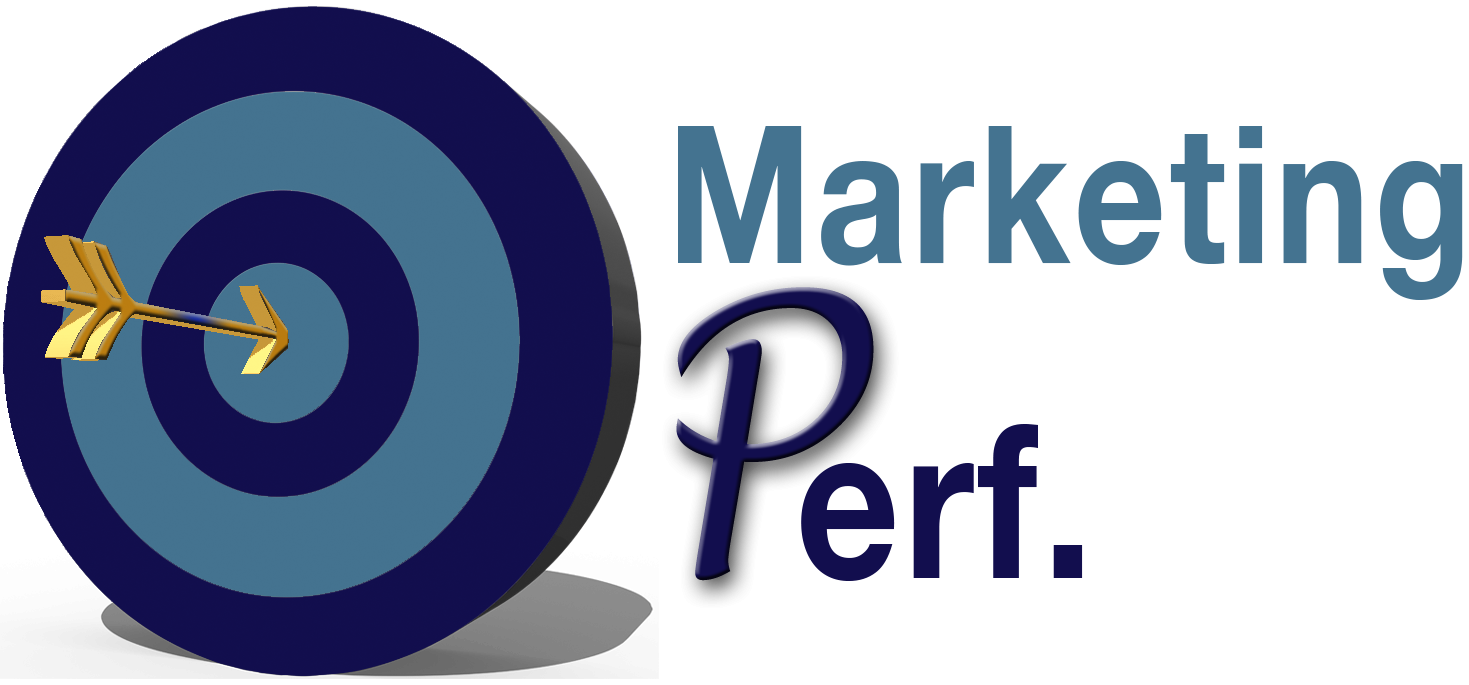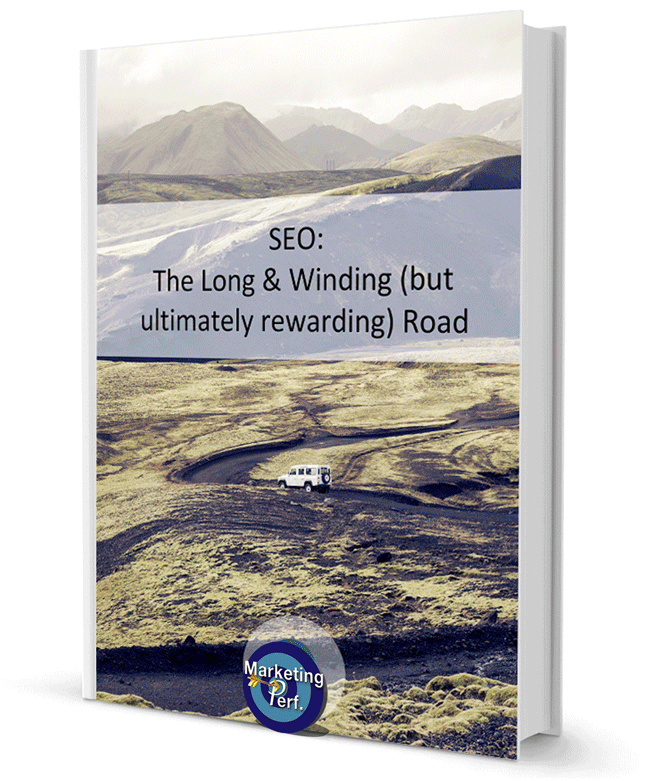Add content to your website regularly
Too many people see their website as finished as soon as it’s live. Unfortunately a website is never finished and needs to be constantly updated. This will help you stay on top of the competition and search engines. Not too sure what content you can add? Your website needs to reflect whatever is happening in your business. Did you get a new accreditation? Update your website. Is one of your products or services discontinued? Update your website. Do you have a new product or service? Update. Any small change to your business needs to be on your website. In addition why not start a blog? This would allow you to keep your users informed of the latest trends and changes in your industry.
Clearly indicate the structure of your pages
The structure of your pages is important to the users and bots: use headers, sub-headers and body tags to specify what is what to robots. The title of your page should be inserted as a header and any sub paragraphs with titles as sub headers.
3 important meta tags to fill
-
meta title
This will usually be more or less the same as your page title and will most of the time appear in search results as the title of your page. So be careful and have a title that’s relevant to your page content. Capitalise every letter of the title it will look better in the search results. Alternatively you can have a call to action there but don’t be too salesy, users and robots tend to mistrust those practices in organic results.
-
meta description
This will also usually be used in search results and will be the description of your page. Just like the title make sure you accurately describe what’s on your page. Also try to engage the user in this description as this is generally what will trigger clicks. Keep it short too as it shouldn’t exceed 160 characters. Avoid double quotes in your meta text as the description won’t be used in search results otherwise.
-
meta keywords
This is where you will specify keywords relevant to your page. Don’t use keywords that do not appear in your content as this will penalise you when the bots crawl your page. Simply read your page again and write down the keywords you’ve encountered several times. Don’t try to put too many of those in the meta keywords. 5 to 10 should be enough as long as they’re relevant to your page.
These 3 tags need to be inserted into your html. They won’t guarantee you any position for the meta keywords you have chosen, they’re just an addition to make your website more SEO friendly as they will help spiders identify even more easily what your web pages are about. Repeat the operation for each page of your website.
Add alt attributes to images
This is the text description of your images. Whenever these won’t show the browser will display them for the users. So make sure you accurately describe what’s on those pictures or simply what they are about. This will also help increase the amount of text on a particular web page and give you a better chance of being listed in search results.
Have clean & SEO friendly URL’s
This is the first thing robots will crawl. So make sure your URL’s are clearly structured. For example if you have a page about the Google algorithm in the SEO section of your website, your URL should be looking something like this: www.altboost.co.uk/SEO/google-algorithm. Try to keep the URL as short as possible. Avoid automatically generated URL’s with numbers, underscores (dashes are friendlier) and try to remove all tracking information in your URL’s.
Localisation
Are you providing products or services in a specific location? Make sure you specify this on your website. First of all, insert your company address in the footer of each page. Also add your location to your About page. This way you will have a better chance to be listed by Google for your activity in this area.


